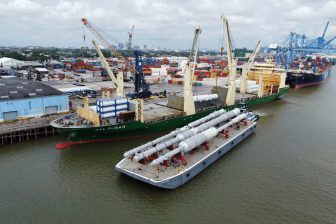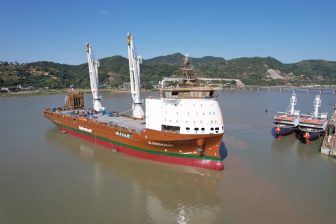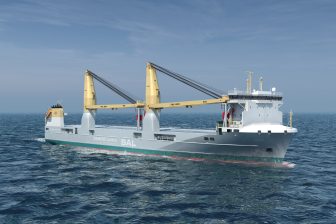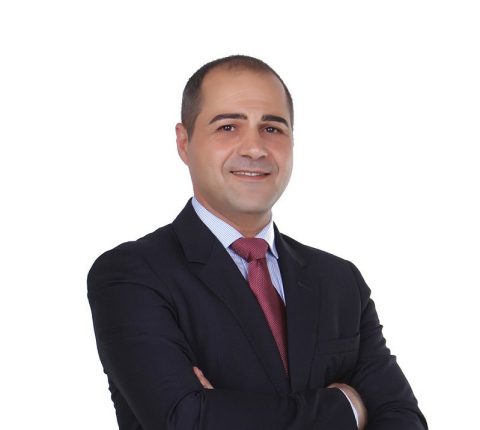
AAL expands fleet with third-gen newbuilds
Singapore-headquartered multipurpose shipping operator, AAL Shipping is pushing ahead with the expansion of its fleet. During the course of the year, the company has purchased vessels in the second-hand market and is now looking to order at least four mega-size heavy lift MPP vessels.
According to the company’s managing director Kyriacos Panayides, AAL is progressing with its ‘third-generation’ MPP shipbuilding programme. The programme will see AAL enhance its fleet with the addition of a minimum of four mega-size heavy lift MPP vessels – ‘premium heavy lift carriers’.
“AAL is currently in negotiations with the CSSC Huangpu Wenchong Shipyard in China to build these vessels,” Panayides said.
The vessels will be 32,000-dwt with three heavy lift cranes, 350-ton each and 700-ton maximum lift. The vessels will be fully compliant with forthcoming IMO CO2 emissions regulations and feature new technologies in line with AAL’s digitalisation and sustainability objectives.
The company expects to deploy the newbuilds in support of its customers’ large-scale global projects both on regular monthly trade routes between the Americas, Europe, Middle East, and Asia as well as bespoke tramp solutions worldwide.
The vessels are expect to hit the water in 2024. According to analysts, the average age of the MPV fleet in 2023 will be well over 16 years, and even the modern heavy-lift capable vessels will have an average age of over 15 years. AAL notes that in about five years-time, almost 57 percent of the heavy lift fleet will be over 15 years-old and these vessels will no longer meet stringent requirements for premium-paying cargo. The newbuilds would put the company in a healthy position to handle the demand for premium-paying cargo.
AAL buying in the second-hand market
In the past eight months, AAL has acquired four multipurpose vessels from the second-hand market, comprising two heavy lift G-Class MPVs with 25,800-dwt each, namely the AAL Galveston and the AAL Genoa and two ‘mega size’ W-class MPVs with 33,000-dwt each, the AAL Paris and the Grey Fox.
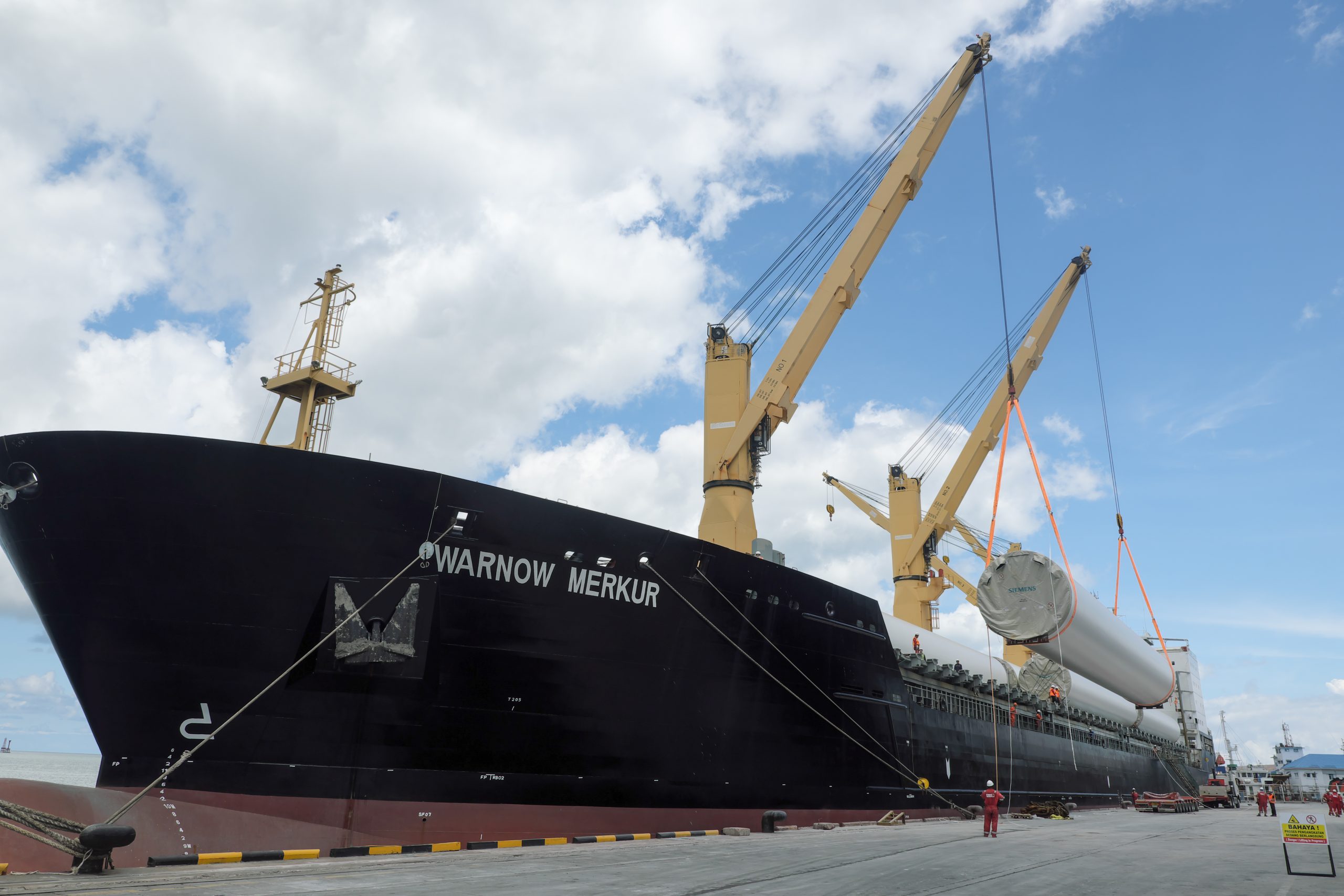
In addition, AAL signed an MOA earlier this month to acquire additional two 33,000-dwt W-Class MPVs, the AAL Mars and AAL Merkur, both of which have also been serving the company’s operating fleet on a commercial management basis.
“These vessels, along with the four acquisitions previously mentioned, grow the owned AAL fleet to 569,600-dwt and give AAL full ownership of 80 percent of our operating fleet – 711,200-dwt in total – and decision-making, technical, and crew management control,” said Panayides.
Focusing on long-term clients
The market continues to be tight and high demand and limited capacity are driven by the spill-over from container capacity shortage. AAL has managed to secure a number of bookings from the segment at healthy rates, carrying cargoes on its core trade lanes – Europe to and from Asia, Asia to and from the US, and Asia to and from Australasia.
However, while a number of companies have opted to charter their vessels at currently high rates to container lines or operators, the company is focusing on project cargo and breakbulk in order to service its long-term customers. However, with MPP vessels chartered to container lines, this is causing further capacity squeeze and is disrupting established scheduling.
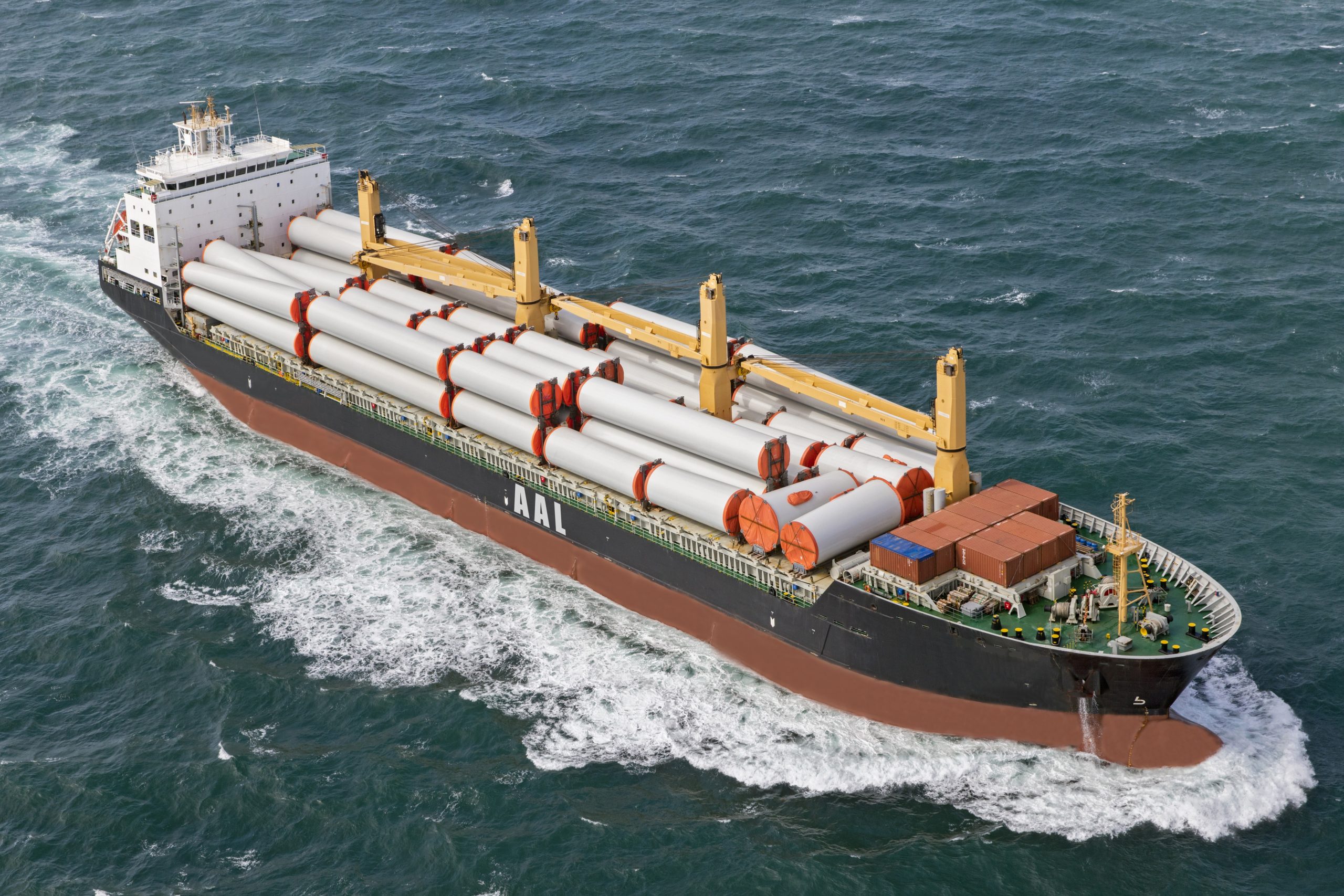
MPP and project cargo backlog back on the market
In addition to the containers being shipped on MPP vessels, there is a large backlog of MPP cargoes coming back into the market, as well as those previously booked but which lost vessel cover due to delays and congestion.
“These cargoes are returning on short notice and pushing rates up higher with charterers desperate to find tonnage, due to their own cargo deadline commitments,” Panayides said. General cargo and project cargo rates remain behind container rates, leaving potential for increases depending on the overall market situation. Multipurpose rate levels are influenced by the container market on the one hand, and the bulk market on the other as the MPP fleet remains the most flexible in terms of utilisation.
AAL is reporting a lot of interest from the wind and other renewable energy, and other power generation projects for 2022, with the demand looking healthy. Most of the company’s operating fleet space is booked until December 2021 and well into 2022.
“All indicators are that the fleet will be busy up to the end of next year with freight levels either in line or even higher than today, no matter what happens to the container market,” Panayides said adding that the overall demand for multipurpose volumes is predicted to grow by 3.7 per cent per annum, right through to 2025.

